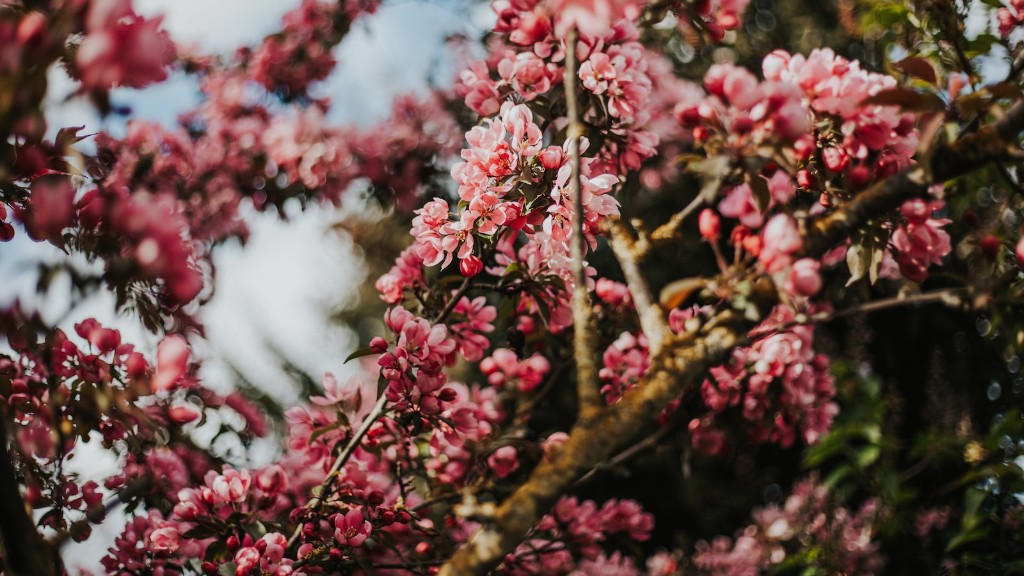Why Does Root Rot Affect Avocado Trees
Root rot is a common problem that plagues many avocado trees. It is caused by a fungus that affects the tree’s roots, causing them to become weak and stunted. The fungus also depletes the tree’s energy reserves, which can lead to early death. This problem is more likely to occur in poorly drained soil and in overly wet conditions. The presence of this fungus can be seen as yellowing leaves and wilting branches. In severe cases, the tree may become completely defoliated.
How to Identify Root Rot in Avocado Trees
Root rot can be identified in several ways. The most common signs are yellowing leaves, stunted branches, and wilting foliage. The leaves may appear yellowed or blotchy and feel soggy or slimy. The stems and branches of the tree may also appear discolored, and the roots of affected trees will appear blackened or shriveled. In extreme cases, a tree may become completely defoliated or die.
How to Fix Root Rot in Avocado Trees
Once root rot has been identified in your avocado tree, there are several steps you can take to address the problem. The most important step is to ensure the soil is properly drained. This will reduce the likelihood of the rot spreading. If drainage is not possible, adding compost or other organic matter to the soil can help improve its water-holding capacity.
You can also use soil fumigants or fungicides to address root rot. These products will kill the fungus and help prevent its spread. Be sure to follow the directions on the label carefully and wear protective clothing when applying the product.
What is the Best Soil for Avocado Trees
Avocado trees do best in well-drained, loamy soils. A good rule of thumb to use when selecting soil for your avocado tree is to make sure it can absorb and hold moisture, but is not overly wet. Soil that is too wet can result in anaerobic conditions, which will increase the likelihood of root rot.
When planting an avocado tree, a soil mixture made up of compost, garden dirt, and sand is often recommended. This mix will help provide the necessary drainage and nutrients for optimum health. If planting in a pot, a quality potting mix should be used.
Additional Protection for Avocado Trees
In addition to soil management, there are several other things you can do to keep your avocado tree healthy and free from root rot. For example, try to avoid overhead irrigation, which can increase the likelihood of the tree becoming overly wet. If necessary, use a slow dripping system to ensure the tree is not over-watered.
It’s also a good idea to prune your avocado tree regularly to ensure good air flow. Regular pruning will also reduce the tree’s overall size, making it easier to care for and protect. Finally, make sure your tree gets plenty of sunlight, as this will help keep it healthy and resistant to rot.
Putting Everything Together
Root rot is a common problem that can affect avocado trees, but with the right precautions and steps, you can reduce the risk of this disease. Make sure your avocado tree has well-draining soil and is not exposed to excessive water. You may also want to consider using a soil fumigant or fungicide to help kill any existing fungus. Additionally, be sure to prune the tree regularly and provide it with adequate light and water. Following these steps should help to ensure your tree stays healthy and free from rot.
Preventive and Reactive Measures
When it comes to root rot, preventive measures are the best approach. The key is to ensure your avocado tree is planted in soil that drains well and does not become overly wet. Adding compost or other organic soil amendments will also help absorb more of the water and prevent it from pooling around the roots. If root rot is already present, a soil fumigant or fungicide may be necessary to kill any existing fungus.
Monitoring the Soil Quality
Regularly monitoring the soil health of your avocado tree is also important. Test the pH level of the soil and keep an eye on the amount of moisture present. If the soil is consistently too wet or the pH levels are too low or high, these are signs that the tree may be in danger. Taking corrective measures quickly can help to avoid further damage and the spread of rot.
Reducing Stress on the Tree
Finally, it is important to reduce any additional stress on the tree. If the root rot has been caused by a lack of sunlight or excessive water, taking remedial measures to address these issues will help. Other sources of stress, such as nearby construction or the presence of too many nutrients in the soil, may also need to be addressed in order to prevent the rot from getting worse.

